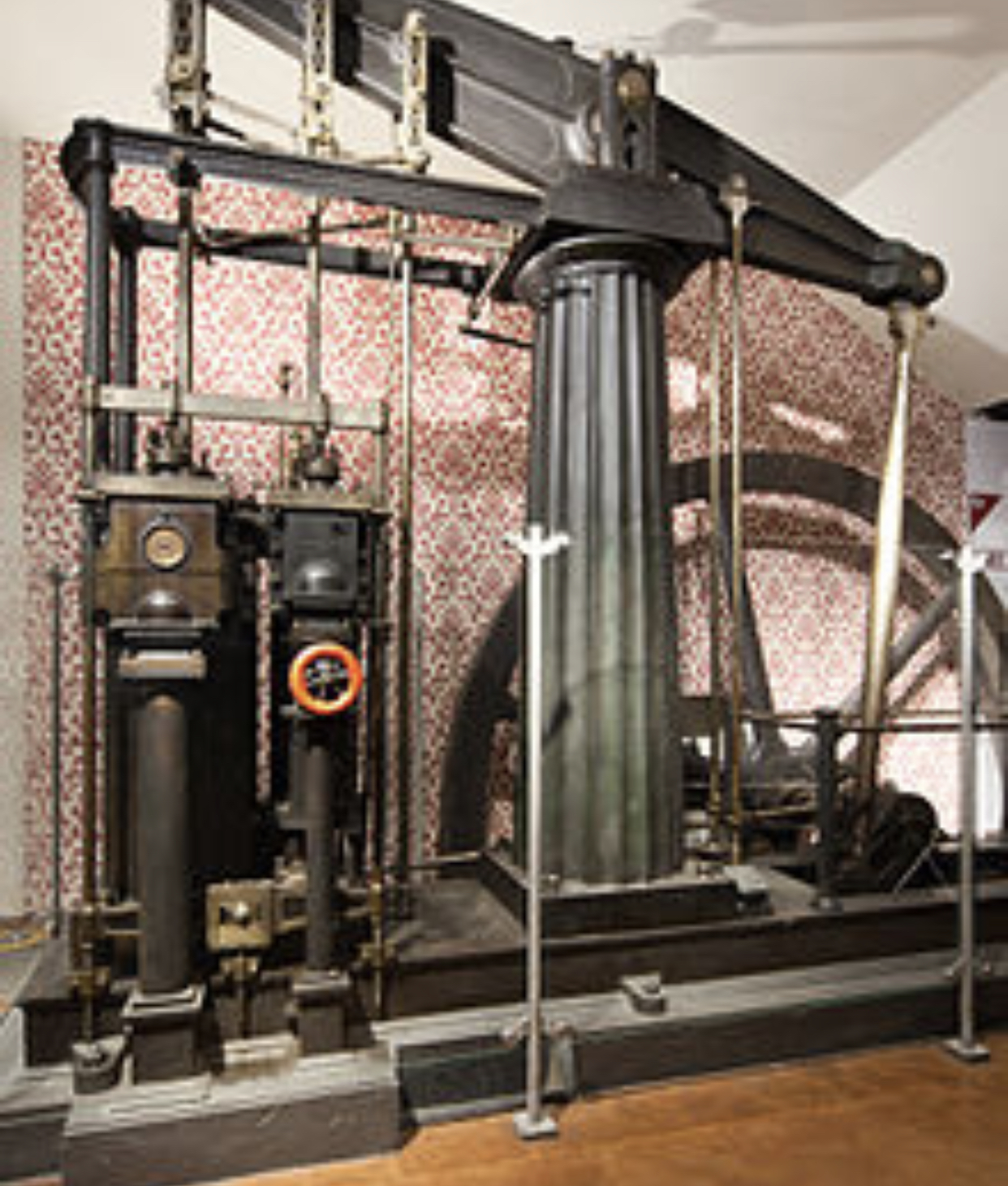
Museums, narratives, and beam engines
My program has officially started and I am so excited. I have been so interested in Scotland and museums and having the opportunity to actually learn about those two things is amazing and I have learned a lot.
My heritage class has opened my eyes to the complexities that museums face. When faced with an object to represent in an exhibition there are many decisions to be made carefully because whatever is chosen to be displayed has a narrative that will be expressed to many people and that narrative must be informative and unbiased as possible, if not it can have bad consequences.
I used to think that a museum was a pillar of researched knowledge and never thought to question the information that has been presented, but it has been pointed out that I should. In my heritage class one big component that was discussed is how to choose the information that is going to be displayed mainly because labels usually have 100 words or less and objects have such a lengthy history it is hard to choose in which direction it must go. An overall narrative must be chosen and objects in that particular display must be used to propel the narrative chosen. One example of this was the history of a beam engine. We were given an example of how the narrative has changed depending on the current zeitgeist. When the beam engine first reached the museum in the 1800’s, the discussion was about the practicality of the beam. Later on the discussion was focused on a lengthy history of the beam and current day it discusses how the involvement of this beam engine gave way for the creator to participate in the slave trade, something that none of the previous narratives had stated or mentioned. It shows how 200 years of labeling and showing this beam engine showcased different ideas about it. Most of them showing the magnificence of this beam engine and the creators, but never telling the full story. It shows how those who have the responsibility to display these objects need to be careful and attentive to their audience and tell as much of the story as they can.
In my class we discussed how many people are trying to be more inclusive in the narrative in museums, but there are still those who do not. When going to a museum make sure to study the objects and observe the things that are around it and what is being said, but also take into account what is not being said.
